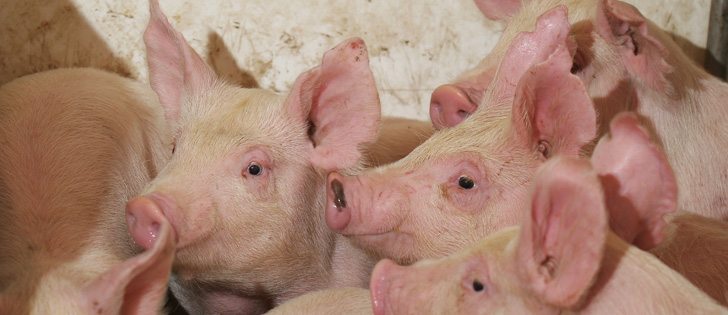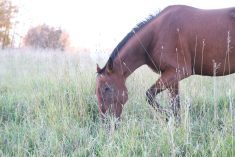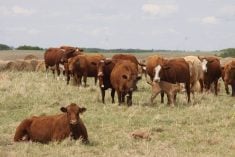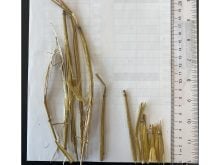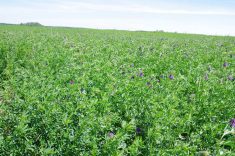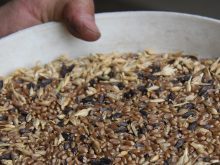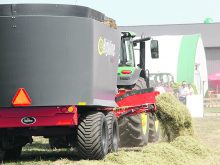Feed additive effective | Phytase added to pig’s feed improves phosphorus digestion, reduces manure levels
With new phosphorus regulations about to affect Manitoba hog farmers next year, it’s encouraging to hear that modern methods don’t just promise — they deliver.
Both phytase and mechanical manure separators appear to remove lots of phosphorus from pig manure, experts told the Manitoba Swine Seminar.
“Feed management, I think, is key,” said feed and phytase researcher Olayiwala Adeola of Purdue University.
Adeola said phytase, an additive mixed into feed, is repeatedly proving in tests that it allows pigs to digest and extract phosphorus from feed much better. That means farmers can feed low-phosphorus feed to their animals and actually get better phosphorus consumption than with uncomplemented feed.
Read Also

Charges laid after cattle theft
Saskatchewan RCMP lay two charges against a man after six cattle went missing.
For many farmers, that means their animals are becoming more efficient, which is a good thing. But for farmers facing tough new regulations on manure application, it also lowers the phosphorus content in manure and alleviates the squeeze they’re facing in 2012.
Many Red River Valley farmers might be pushed out of business by the regulations if they can’t find enough land upon which to spread their barns’ manure.
Previous regulations controlled nitrogen spread, and most farmers found enough land to ensure they could meet the standards.
However, the new regulations focus on phosphorus and have significantly increased the amount of land farmers need for spreading manure.
Tests at the National Centre for Livestock and the Environment found that pig manure could be spread on some quarter sections in the Red River Valley only every four or five years because of the low phosphorus limits.
However, various methods being tested by farmers and the industry are showing much promise, such as phytase.
Wet feeding systems, used in a couple of Manitoba operations, appear to significantly reduce the amount of phosphorus coming out of pigs by allowing natural agents to make the phosphorus available to the animals’ digestive system.
Low phosphorus feeds are a first line of defence: less phosphorus going in at the pig’s front end means less opportunity for it to come out the other end.
Lorne Grieger of the Prairie Agricultural Machinery Institute told the recent Swine Seminar that two mechanical manure separators his people tested are able to extract 30 to 60 percent of the phosphorus from liquid manure by removing the solids.
Grieger said the best and cheapest ways to reduce the amount of phosphorus coming out of pigs include low phosphorus crops, high phosphorus uptake crops, rotations that maximize phosphorus removal and feed ingredients.
However, the two mechanical separators his organization tested both cleared solids and lowered phosphorus content of pig manure.
Adeola said there is lots of room for further improvement in phosphorus reduction in manure, especially through feed.
Phytase makes only 60 percent of the phosphorus in pig feed available for the pig to absorb, so other methods and products might be able to increase the amount that can be digested and used.
That would allow lower phosphorus feed to be consumed with no negative impact on the animal.




